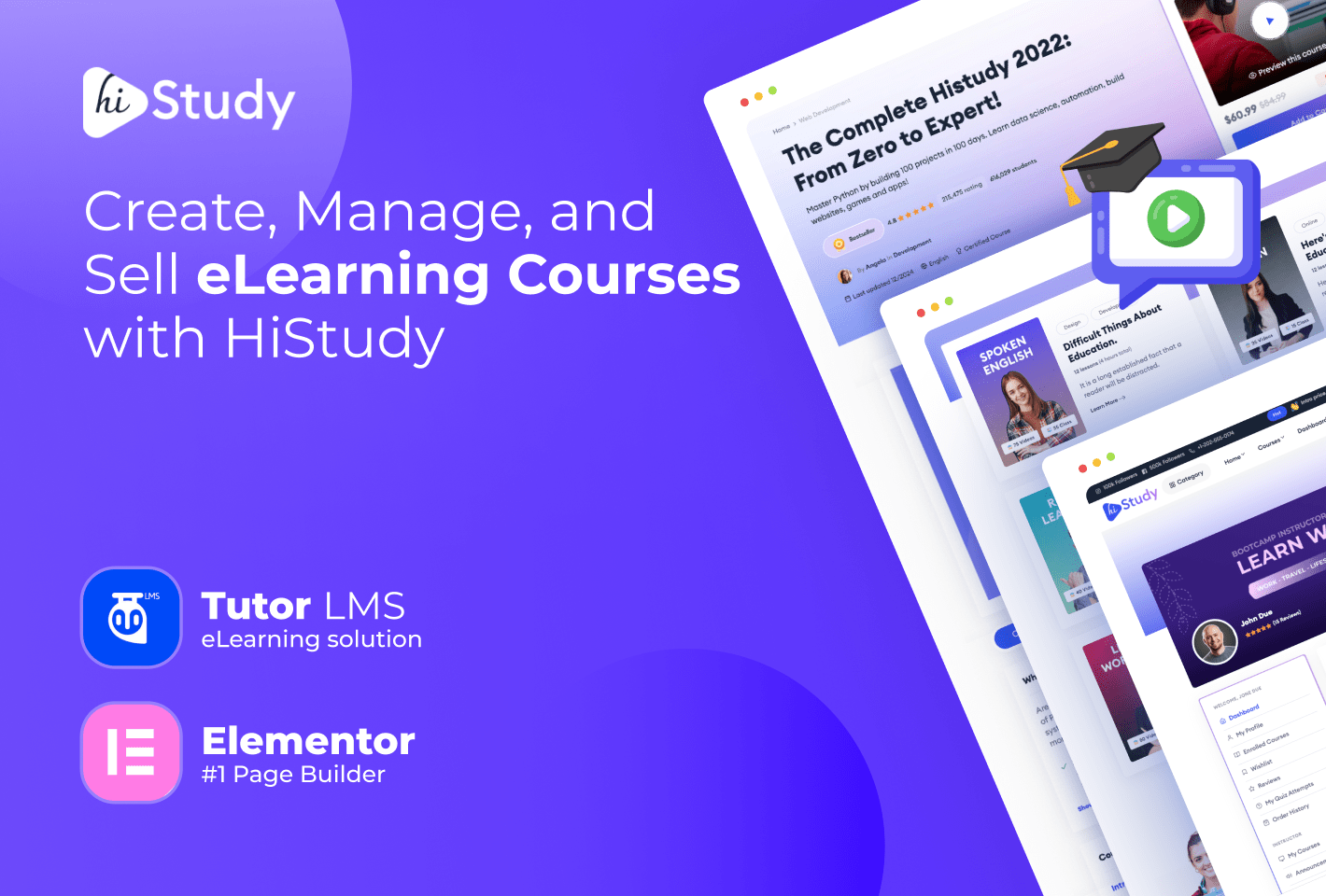Here’s a focused, current “Tools Learning for Web Design” stack that covers end-to-end skills: ideation, wireframing, prototyping, design systems, collaboration, accessibility, testing, and performance—so web designers can practice and ship production-ready work confidently.
Core design and prototyping
-
Figma: Real-time collaboration, components, Auto Layout, and interactive prototypes for scalable UI and team handoff.
-
Sketch or Lunacy: Mac-first or free cross‑platform alternatives for robust vector UI and design systems when cloud is optional.
-
UXPin: High‑fidelity, code‑based prototyping and system‑driven components to reduce design‑dev drift.
-
Low‑fi wireframing: Balsamiq/MockFlow for fast structure exploration before committing to visuals.
User research and usability testing
-
UserTesting: Rapid moderated/unmoderated tests with diverse panels to capture friction early across locales.
-
Session and task testing: Pair prototypes with quick tasks; prioritize fixes by severity and frequency found in recordings and summaries.
Accessibility essentials
-
axe DevTools and WAVE: Automated checks for alt text, landmarks, headings, and keyboard traps; integrate into design QA and pre‑release audits.
-
Process tip: Define accessible color tokens and focus states in the design system; validate in components before scaling page builds.
Performance and quality
-
Lighthouse and PageSpeed Insights: Measure Core Web Vitals, image weight, JS/CSS bloat, and render issues; track improvements after each iteration.
-
GTmetrix: Complementary waterfall and caching insights for asset strategy and third‑party script control.
Advanced prototyping and motion
-
Framer, Principle, Origami Studio: High‑fidelity motion and micro‑interaction exploration for interactive states and transitions.
-
Pick fidelity by phase: Use Marvel/Miro early; switch to Framer/Principle once flows are stable and motion becomes a conversion lever.
AI‑assisted design and testing
-
UXPilot AI: Generate wireframes and flows to accelerate early exploration; refine in Figma for team alignment.
-
AI test tools: Testim and TestComplete for visual/UI regression and faster feedback loops on evolving components.
Team workflow and handoff
-
Component libraries and tokens: Centralize typography, color, spacing, and interaction patterns to speed builds and ensure consistency.
-
Dev alignment: Use design specs and variable tokens; validate in code with visual regression before merging.
Curated starter toolkits by goal
-
Solo designer getting production‑ready: Figma + axe + Lighthouse + PageSpeed Insights + UserTesting.
-
Motion‑heavy product: Figma + Framer/Principle + UXPin for realistic prototypes.
-
Accessibility‑first sites: Figma design system with tokens + axe/WAVE + Lighthouse checks in CI.
-
Continuous quality on teams: Figma library + Testim/TestComplete for regression + GTmetrix/PageSpeed monitoring.
Where to keep learning
-
2025 roundups of best UX/UI tools: Up‑to‑date comparisons for wireframing, prototyping, and collaboration choices.
-
Hands‑on practice: Recreate Unit 03 flows and funnels as clickable prototypes, then run quick remote tests to validate content priority and microcopy.






